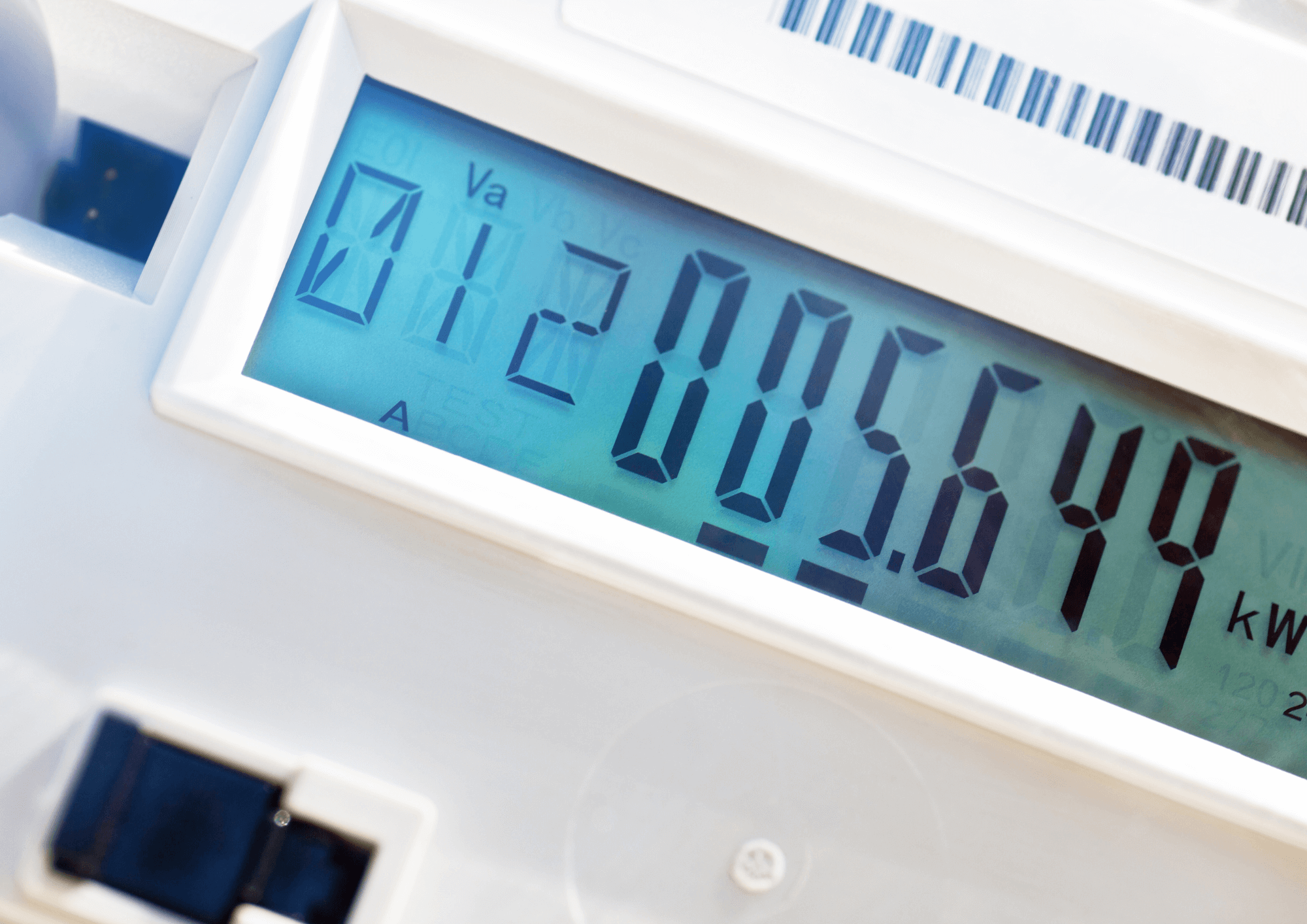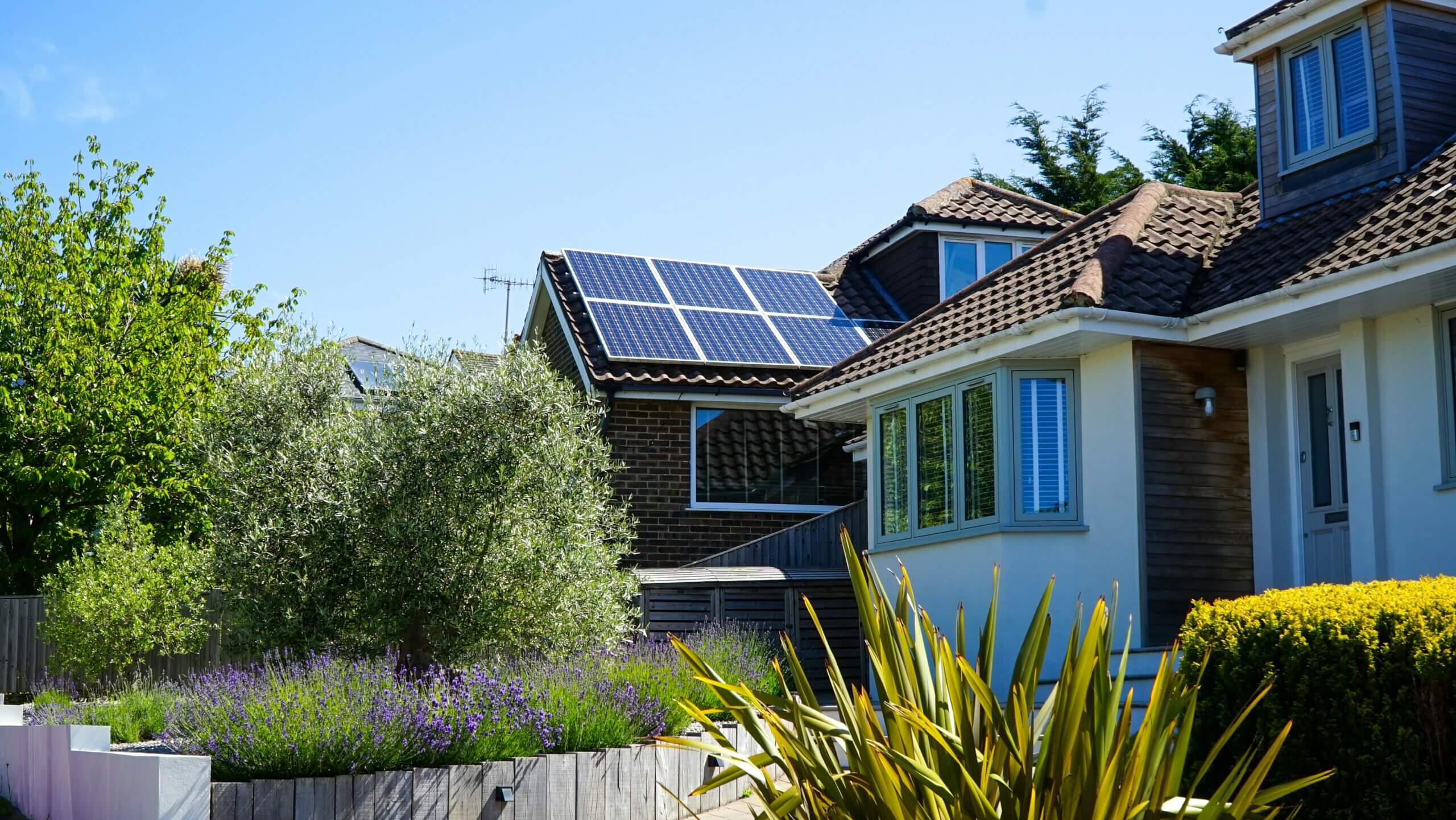REDUCE EMISSIONS, SAVE ENERGY
Low-carbon actions that won’t compromise your lifestyle
Being sustainable doesn’t mean you have to go without. Karla Jakupovic discusses how small actions and smart investments can reduce household carbon emissions without compromising on your lifestyle and comfort.
Changing your daily routine to lower your household carbon footprint may feel like sacrificing your lifestyle, but we are here to tell you that being sustainable doesn’t mean you have to go without and compromise on comfort.
Did you know that 95% of the average Brisbane household’s carbon emissions come from home energy and transport use combined?
Reducing how much energy and fuel you consume will decrease your household carbon footprint. Thankfully, there are low-carbon actions that you can take that won’t interfere with your daily habits. Plus, some of these actions will go a long way to save on bills, allowing you to spend more on the things you love.
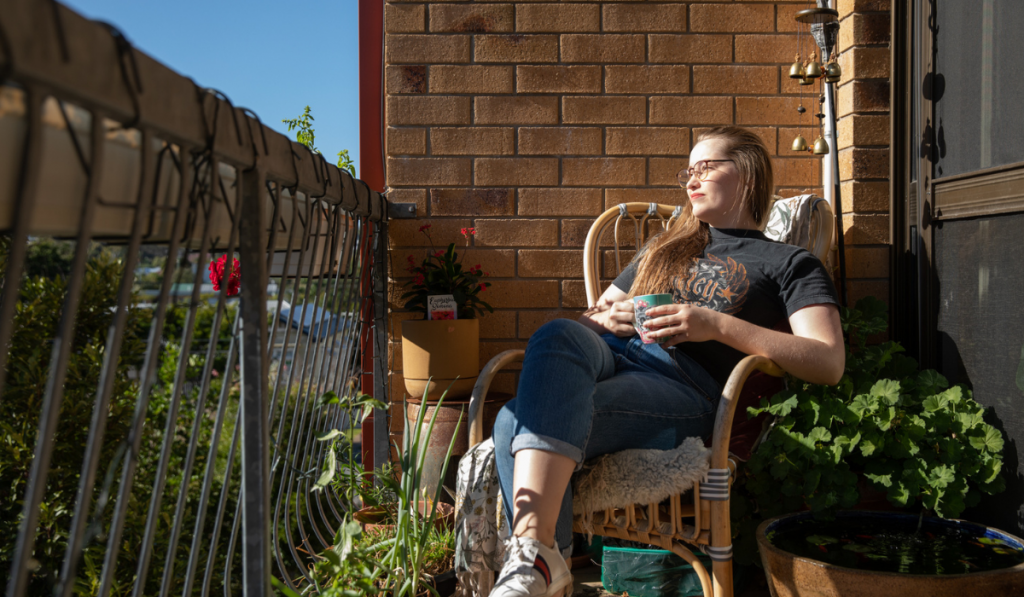
In this article, we share some simple steps and smart investments that can make a big difference to reduce your household’s energy and transport emissions without compromising your quality of life.
Budget-friendly tips to reduce your carbon emissions
Set the perfect temperature
Finding the perfect temperature for your home doesn’t have to cost the environment or compromise on your comfort.
There are simple actions you can take when using your air conditioning that will help minimise your emissions, lower your bills and still keep you comfortably cool in summer and warm in winter.
Set your air conditioner at optimum temperature levels for both your comfort and your back pocket – 24-27°C in summer and 18-21°C in winter. Each degree cooler in summer and warmer in winter adds 10% to your cooling and heating energy consumption.
Using your air conditioner in conjunction with fans will make an even bigger difference to your comfort levels, plus they are economical to run. In summer, fans make the air feel up to 3°C cooler. Check if your ceiling fans have summer/winter switches that change the blade spinning direction. In winter, this pushes the hot air downwards, keeping you cosy while being energy efficient.
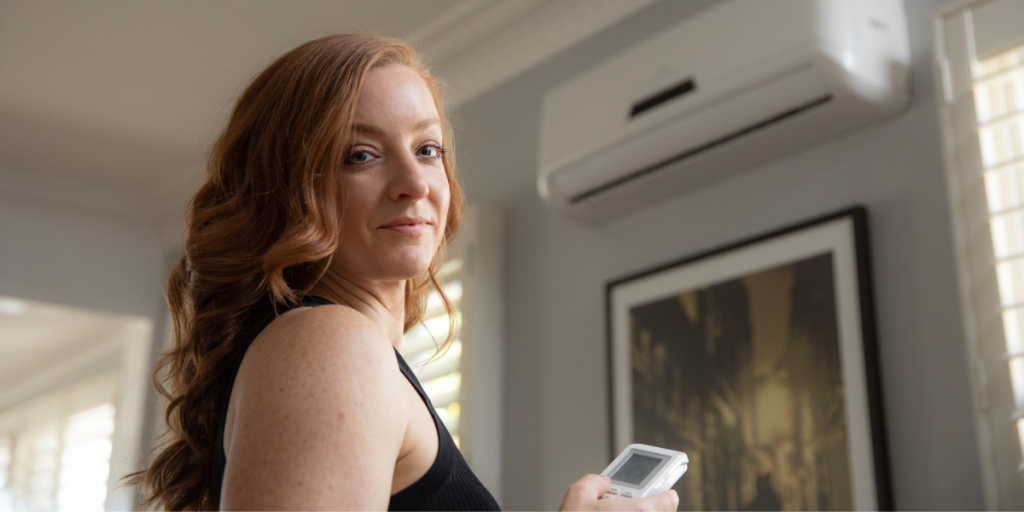
Did you know you can use your timer on the air conditioner control?
Instead of using air conditioning for the entire night, try putting it on a timer for an hour as you go to bed. In summer, consider leaving the fan on to keep your room cool while you sleep. This will ensure that it is not kept on throughout the night or accidentally left on when you leave the house.
Take public transport
Avoiding car use for your daily commute and hopping on public transport can lower your fuel consumption and save on car maintenance and running costs. Brisbane City Council runs modern public transport services, including air-conditioned travel.
As a busy couple, Adam and Marina Wood faced the challenge of convenience and comfort over sustainability. However, planning ahead meant they didn’t have to make the difficult decision to compromise on comfort to reduce their household carbon footprint.
“We did take the train to and from a dinner in the city on several occasions – something we would never have done in the past. Provided you plan your route and timings, for us it was not that big an inconvenience. It also saved us money!”
Marina and Adam Wood
By reducing private vehicle use and switching to public transport, the Wood’s household reduced their transport emissions by 34%.
So, sit back, relax, read a book, or listen to a podcast and enjoy the scenery as you take in the sights on your next commute.
Adopt eco-driving techniques
When public transport is not convenient, you can still get from A to B in the comfort of your car, while also reducing your carbon emissions by adopting eco-driving techniques.
Eco-driving techniques help to adjust your driving style to reduce fuel consumption, such as gentle breaking and accelerating, turning your car off when parked and much more. It also teaches you about vehicle maintenance to care for your car and trip planning actions. If you want to learn more, complete the RACQ’s eco-driving course.
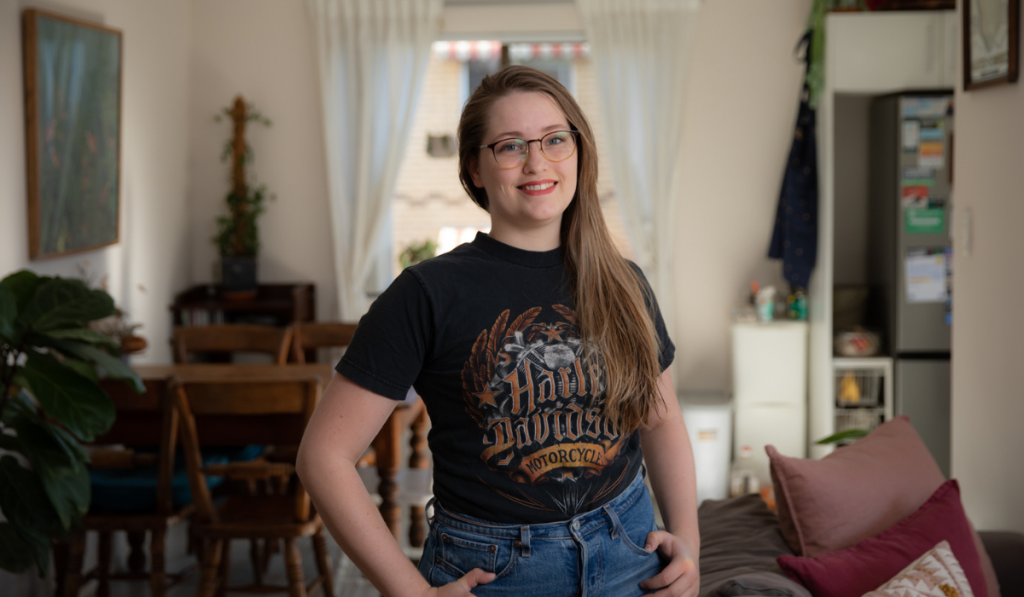
For Alexandra Shepherd, adopting eco-driving techniques has been a simple trick to achieve her goal to lower her transport emissions and fuel expenses. To help with eco-driving, Alexandra used an in-car monitoring device that lights up in different colours to give real-time feedback on driving behaviour.
“This was the most unexpected improvement to my daily actions and bills, which is particularly handy now that petrol prices are through the roof.”
Alexandra Shepherd
With fuel prices continuing to increase, these simple changes to your driving behaviour will reduce your carbon footprint and save on fuel bills.
Household spotlight: reduce your carbon footprint without compromise
As a busy couple, Marina and Adam Wood wanted to go to the next level in reducing their carbon footprint but without the compromise on their lifestyle and comfort. In fact, the couple were keen to improve their quality of living.
They decided to make the most of Brisbane’s sub-tropical lifestyle by adding a pool to their home. At the same time, they installed a solar power system and purchased renewable energy (100% GreenPower) from their energy retailer – reducing their electricity-related emissions to zero while saving on long-term energy costs.
Marina and Adam were surprised that by ”running their pool pump and filter for only the hottest part of the day and utilising the solar power, the running cost of our pool has barely made a dent in our bills. We feel a lot less guilty about installing such a luxury, plus it’s more affordable.”
To reduce their energy use further, they also invested in a more energy-efficient air conditioner and smart controls that turn the system off when no one is in the room to help keep the house cool and comfortable all year round.
With some smart investments and simple behaviours, even with the new pool, the couple reduced their carbon emissions by an impressive 62%!
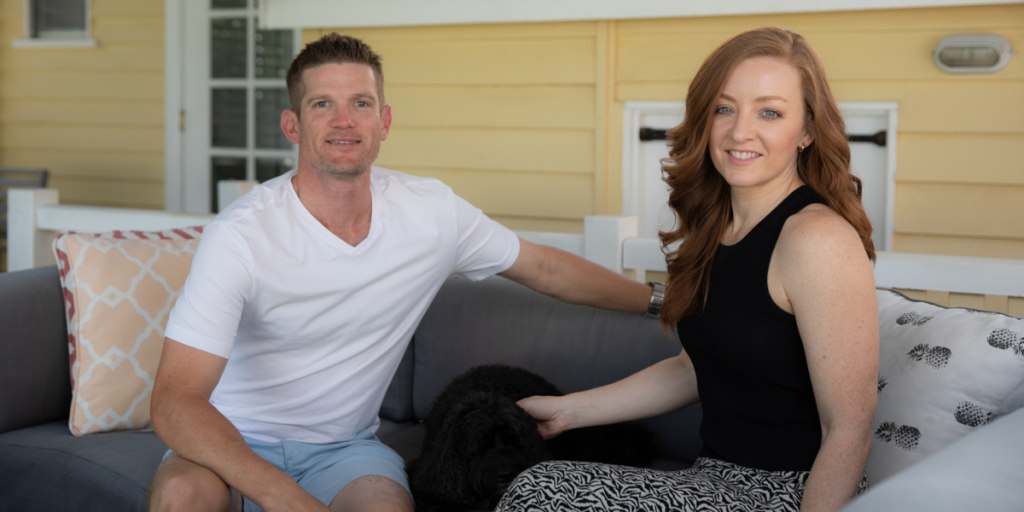
Long-term investments to save you for years to come
Go renewable
Investing in solar panels is the obvious choice to reduce home energy emissions as your home will be powered by renewable energy from the sun during the day instead of relying on fossil fuel-based electricity from the grid that generates carbon emissions.
While solar panels do have an upfront cost, they can power your home with zero emissions energy, significantly reduce electricity costs and typically pay for themselves in two to seven years. In fact, did you know that 47% of the average Brisbane household’s carbon emissions come from home energy use?
With some smart investments with solar power systems, you can consume emissions-free energy during daytime hours, allowing you to get on with life as normal and with the things you enjoy.
”We installed solar and to see the difference it made to our monthly electricity bills is astounding.”
Marina Wood
Thanks to some smart investments, the Woods received a monthly energy bill of just $7!
If installing a solar system that completely cover your home’s energy usage is not an option for you, you can still use renewable energy. Ask your electricity retailer if you can buy accredited renewable energy or GreenPower.
Invest in your home with insulation
Good insulation will keep your home more comfortable all year round and help reduce your energy bills. Many Brisbane houses, while filled with character and charm, are not built to regulate indoor temperature to be cool in summer and warm in winter.
Adding an extra layer of insulation in a property’s roof, walls and/or flooring reduces heat flow, which prevents heat loss in winter and heat absorption in summer. Creating a more consistent internal temperature all year round not only improves the comfort of your home, but it also minimises the need for air conditioning, reducing your household’s energy bills and carbon emissions.
Ian and Mandy Gittus joined the Brisbane Carbon Challenge while renovating their 1970s Brisbane home. When they installed roofing insulation into their cathedral ceilings over their main living and dining areas, they immediately reduced the heating and cooling needs of their home and associated energy consumption.
”There was a massive change in the comfort of our home. The rooms were cooler in summer and warmer in winter. It reduced our heating and cooling expenses by a significant amount.”
Ian Gittus
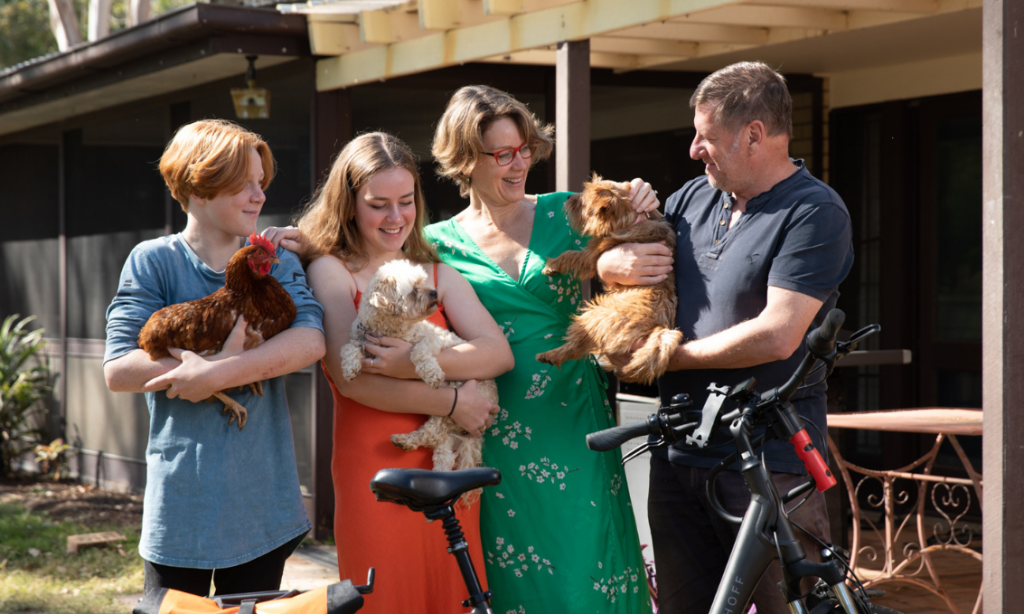
Purchase an electric vehicle
If you want to keep enjoying the comfort of your own car while reducing your carbon emissions, it may be time to think about upgrading your car. Remember the bigger and more powerful car you drive, the more fuel you use, and the more emissions you create. When looking for your new car, check the Green Vehicle Guide to compare the fuel efficiency of different models. And why not get an electric vehicle?
Electric vehicles reduce harmful air pollution from exhaust emissions and produce zero carbon emissions when powered by renewable energy. While the upfront cost of electric vehicles is currently more expensive than conventional vehicles, powering an electric vehicle is cheaper per kilometre, which means you save on fuel costs.
And some early adopters may even go a step further. Ian Gittus decided to upgrade his Nissan Leaf to a newer model equipped with a two-way battery charger so energy can flow both in and out of the car so he could investigate vehicle-to-grid technology and increase his household’s use of renewable energy.
When operational, this new solution will allow him to charge his electric vehicle with solar power during the day and use the car battery at night to power the house.
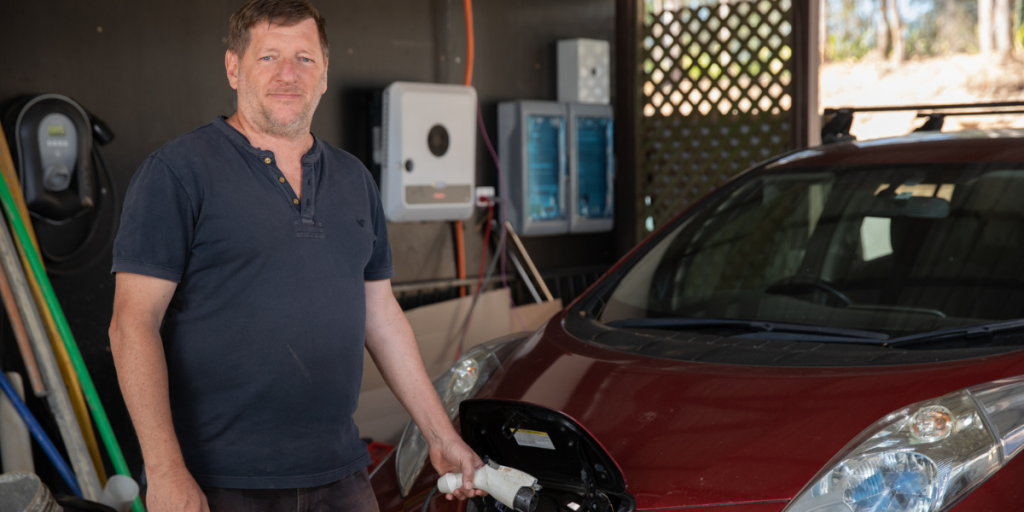
Take the challenge
So now that you know that lowering your household’s carbon footprint doesn’t mean you have to sacrifice your lifestyle, what’s next?
Take the Brisbane Carbon Challenge to reduce your household emissions and bills. You can calculate your household carbon footprint from energy, transport and waste, and compare it to the Brisbane average. You’ll learn valuable tips to lower your emissions, suited to all homes, lifestyles and budgets. Small steps at home can make a big difference.
The author

Karla Jakupovic
Karla works at Brisbane Sustainability Agency, and particularly enjoys working across a variety of programs and helping to educate the community, new to their sustainability journey, on some helpful tips and tricks.


